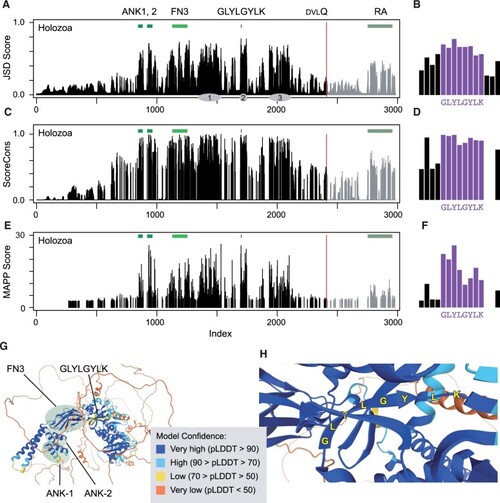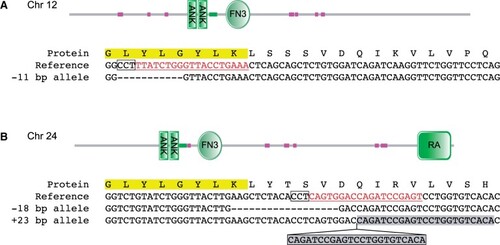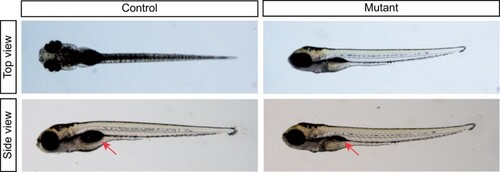- Title
-
Ankfn1-mutant vestibular defects require loss of both ancestral and derived paralogs for penetrance in zebrafish
- Authors
- Ross, K.D., Ren, J., Zhang, R., Chi, N.C., Hamilton, B.A.
- Source
- Full text @ G3 (Bethesda)
|
Conserved features of |
|
Targeted mutagenesis of |
|
Swim bladder and posture defects in PHENOTYPE:
|

ZFIN is incorporating published figure images and captions as part of an ongoing project. Figures from some publications have not yet been curated, or are not available for display because of copyright restrictions. PHENOTYPE:
|

Unillustrated author statements |



